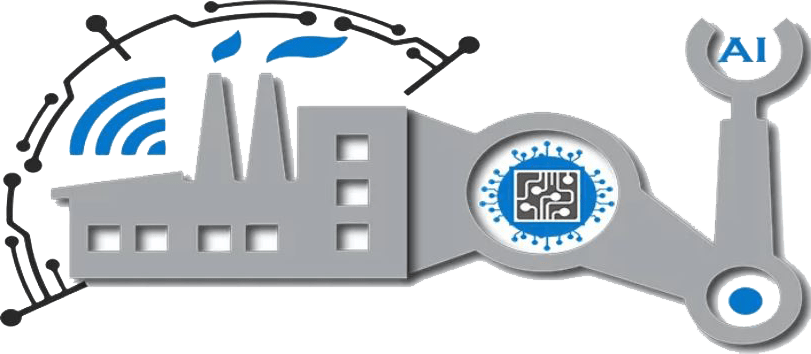The Evolution of Smart Grids: Unveiling the Smart Grid 5.0 Paradigm
Abstract:
The landscape of power distribution systems is undergoing a transformative evolution with the advent of Smart Grid technologies. From their inception as mere improvements in monitoring and control, Smart Grids have evolved through multiple iterations, each introducing novel features and capabilities. This paper explores the latest frontier, known as Smart Grid 5.0, examining the technological advancements, challenges, and potential implications for the future of energy management.
1. Introduction:
The concept of Smart Grids emerged in response to the need for more efficient, reliable, and sustainable energy distribution. Smart Grid 5.0 represents the pinnacle of this evolution, integrating cutting-edge technologies such as Artificial Intelligence (AI), Blockchain, and the Internet of Things (IoT) into the power grid infrastructure.
2. Evolution of Smart Grids:
The journey from Smart Grid 1.0 to the present Smart Grid 5.0 has been marked by significant milestones. Smart Grid 1.0 focused on basic automation and remote monitoring. Subsequent versions introduced advanced communication protocols, renewable energy integration (Smart Grid 2.0), demand response mechanisms (Smart Grid 3.0), and two-way communication for improved efficiency (Smart Grid 4.0).
3. Key Technologies in Smart Grid 5.0:
a. Artificial Intelligence (AI): Smart Grid 5.0 leverages AI algorithms to enhance predictive analytics, fault detection, and system optimization. Machine learning models enable real-time decision-making, leading to a more adaptive and resilient grid.
b. Blockchain Technology: The decentralized nature of blockchain ensures data integrity, security, and transparency in Smart Grid transactions. Smart contracts facilitate automated and tamper-proof execution of energy agreements.
c. Internet of Things (IoT): IoT devices play a pivotal role in Smart Grid 5.0 by providing real-time data on energy consumption, grid health, and equipment performance. This data is crucial for dynamic grid management and preventive maintenance.
4. Challenges and Considerations:
a. Cybersecurity: As Smart Grids become more interconnected, the vulnerability to cyber threats increases. Robust cybersecurity measures are imperative to safeguard critical infrastructure and maintain public trust.
b. Interoperability: The integration of diverse technologies requires standardization and interoperability frameworks to ensure seamless communication between different components of the Smart Grid ecosystem.
5. Future Implications:
Smart Grid 5.0 holds the promise of a more resilient, sustainable, and adaptive energy infrastructure. The integration of advanced technologies not only enhances operational efficiency but also opens avenues for decentralized energy production and consumption, empowering consumers to actively participate in the energy ecosystem.
As Smart Grids evolve into their fifth iteration, the integration of AI, Blockchain, and IoT marks a paradigm shift in energy management. Smart Grid 5.0 presents an exciting frontier, paving the way for a more intelligent, secure, and responsive energy grid that aligns with the demands of the 21st century
